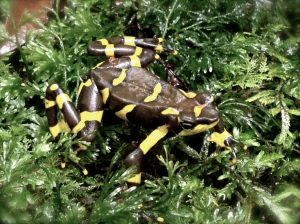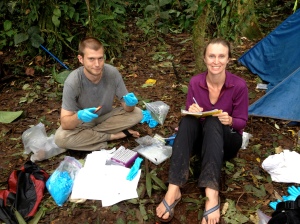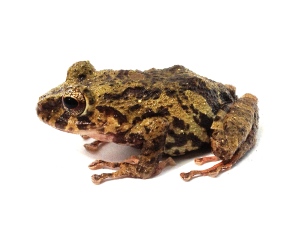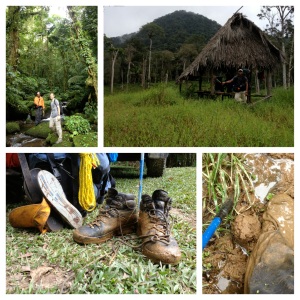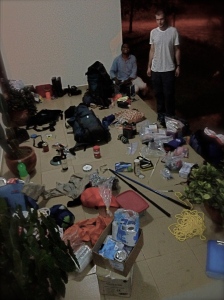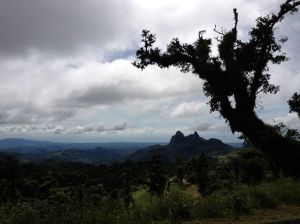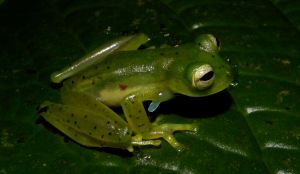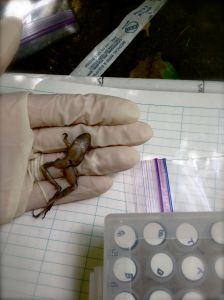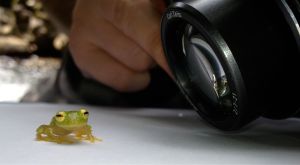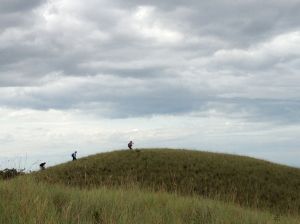One small frog can offer a great deal of hope. This adult male Atelopus varius is belongs to a genus that is critically endangered… not a single species, mind you, the entire genus… and it is therefore one of the rarest creatures on earth. In other words, it is a virtual ghost. To see healthy individuals suggests that there is probably a small population out there… and if there is a small population holding on, that means there is hope for the whole species.
